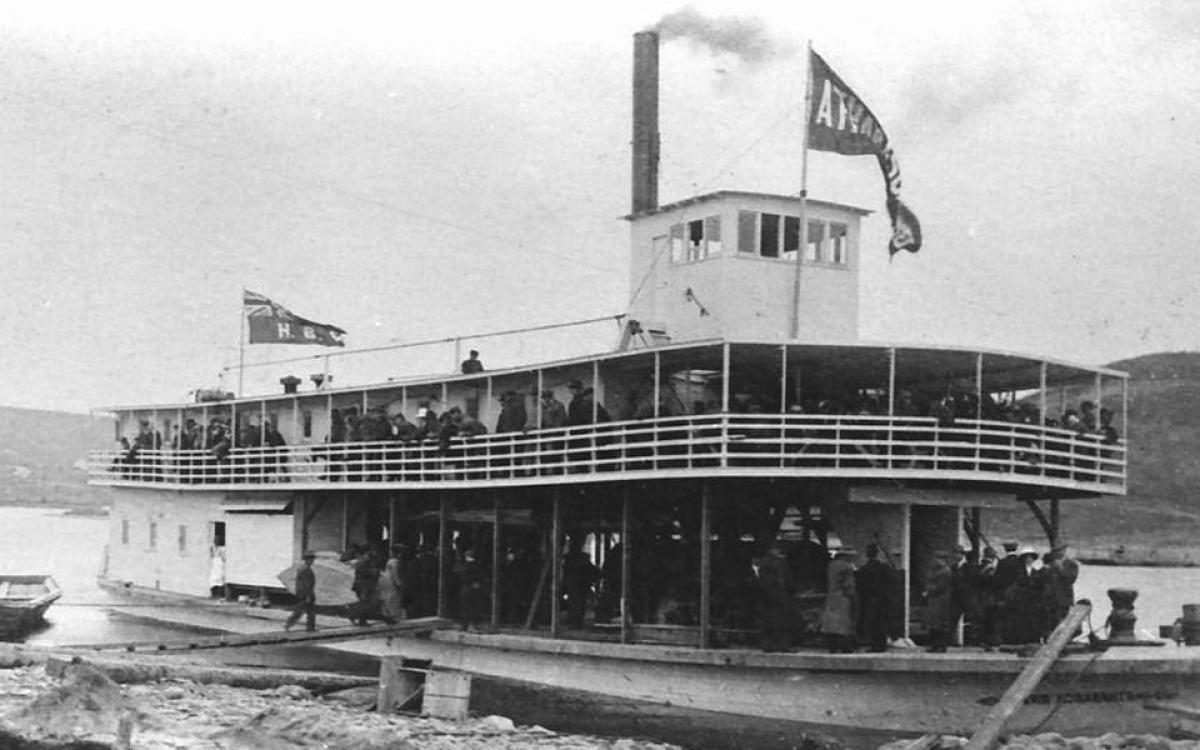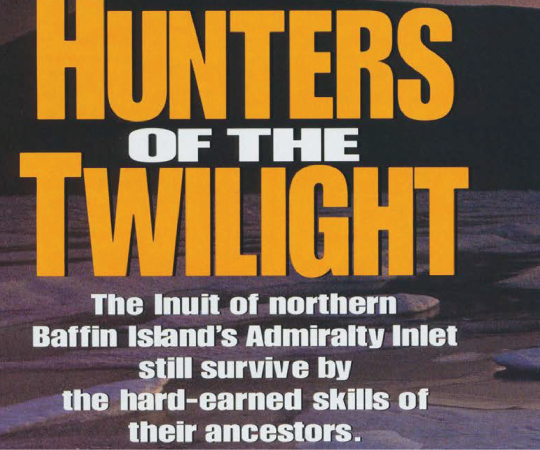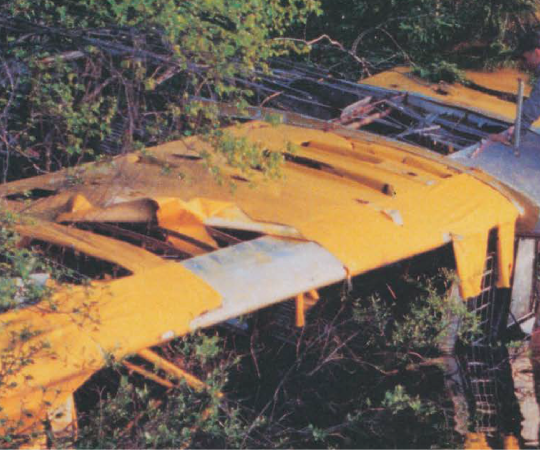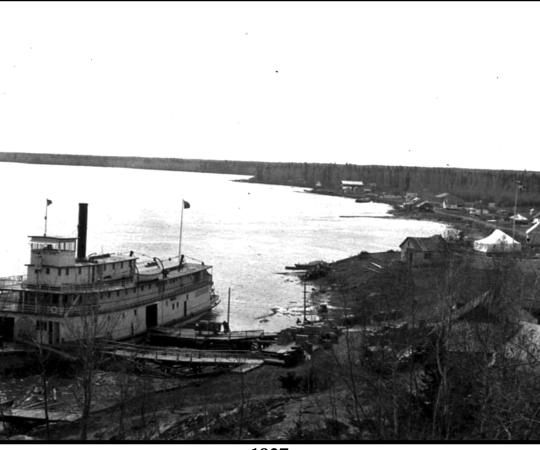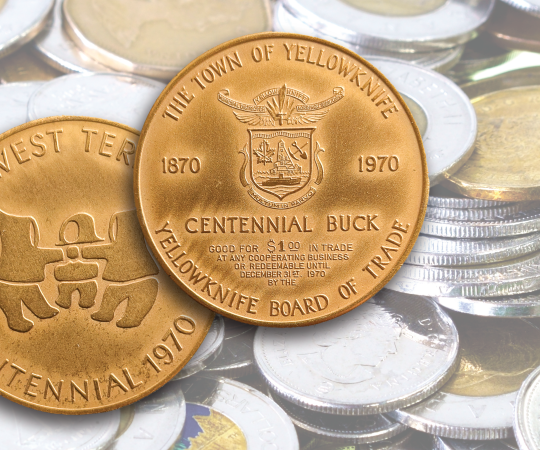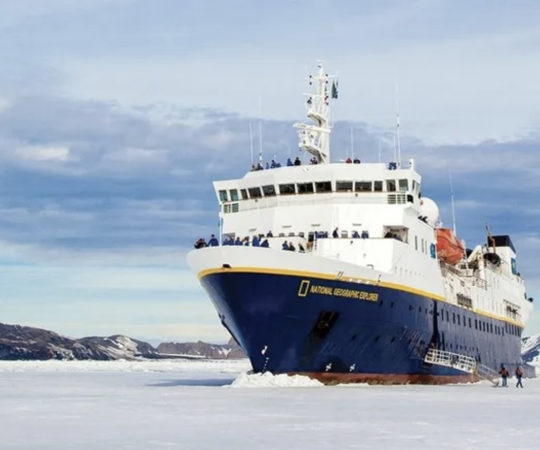Word arrived in Fort McMurray, Alberta by canoe one morning in 1926 that the ice on Lake Athabasca had broken up. This confirmed the 450-kilometre passage north to Fort Fitzgerald, via the silt-bottomed Athabasca River and then the ambling Slave River, had opened up. The race to become the first steamship north was officially on.
Two rival riverboats—the Hudson’s Bay Company’s Athabasca River II and the Northern Traders Company’s Northland Echo II—had been loaded up in Fort McMurray, the end of the rail line. Crews impatiently awaited news from up-river so they could set off for Fort Fitzgerald, the gateway to the Northwest Territories. The competition between the steamers would not only motivate and serve as a source of pride to deckhands and ship captains, but it provided some sport and speculation to residents in Fitzgerald, who were nearly through their long winter. There, they would bet on which ship would arrive first and also on its time of arrival.
Steamboats had transported goods north and furs south on these rivers since the 1880s. The Echo was packed with everything from eggs to pant buttons to lumber—“all the things which folks down north would be needing to last them an entire year,” writes deckhand and adventurer Helge Ingstad, in his book, In the Land of Feast and Famine. (The previous year, the Echo hauled bison up to populate what is now Wood Buffalo National Park. A coworker laconically told Ingstad how the bison were good cargo—“walk aboard, walk ashore”—unlike boxes of canned goods and drums of oil.)
The Athabasca got off first, but just hours into its journey it was stuck in mud, its crew thrashing about in the river, struggling to pry free its grounded scows. By lunch, the Echo had caught her, but it also soon found itself impeded by a shoal. The crew worked for hours to get loose before “suddenly, and for no good reason, the scows floated free,” writes Ingstad. “Such are these flat-bottomed brutes—mean, incalculable.”
This wouldn’t be the Echo’s last grounding in the tricky Athabasca River, but it would remain ahead of its rival as it passed along the waterway’s tar sand banks, “mile after mile of dark bituminous strata [that] rose from the river’s edge.” The ship continued on past woodlands and swamps and abundant bird life. It weaved its way around long sand banks in the river’s massive delta before reaching Lake Athabasca.
The Echo made it to Fort Chipewyan, on the west end of the lake, and deckhands rushed to unload petroleum drums and long planks as the Athabasca quickly approached. The Echo was off just as its rival arrived.
The Slave River proved less of a challenge, but it was still far from a pleasure cruise. The crew had to haul up wood from large piles cached in spots along the river, to appease the ship furnace’s barely satiable appetite.
Finally, they took a turn in the river and there was Fort Fitzgerald. They saw the town as much as they heard it—“the roaring of the rapids sounded in our ears,” writes Ingstad. These rapids would be the abrupt end to the journey for the Echo and the Athabasca; the start of a 16-kilometre portage to Fort Smith, NWT, and then other steamer trips to settlements and outposts north of there, along Great Slave Lake or down the Mackenzie River.
As the Echo neared Fitzgerald, they could see the Athabasca steaming behind them at full speed. Little matter, the Echo landed 10 minutes earlier than its competitor—the first ship North that year.

